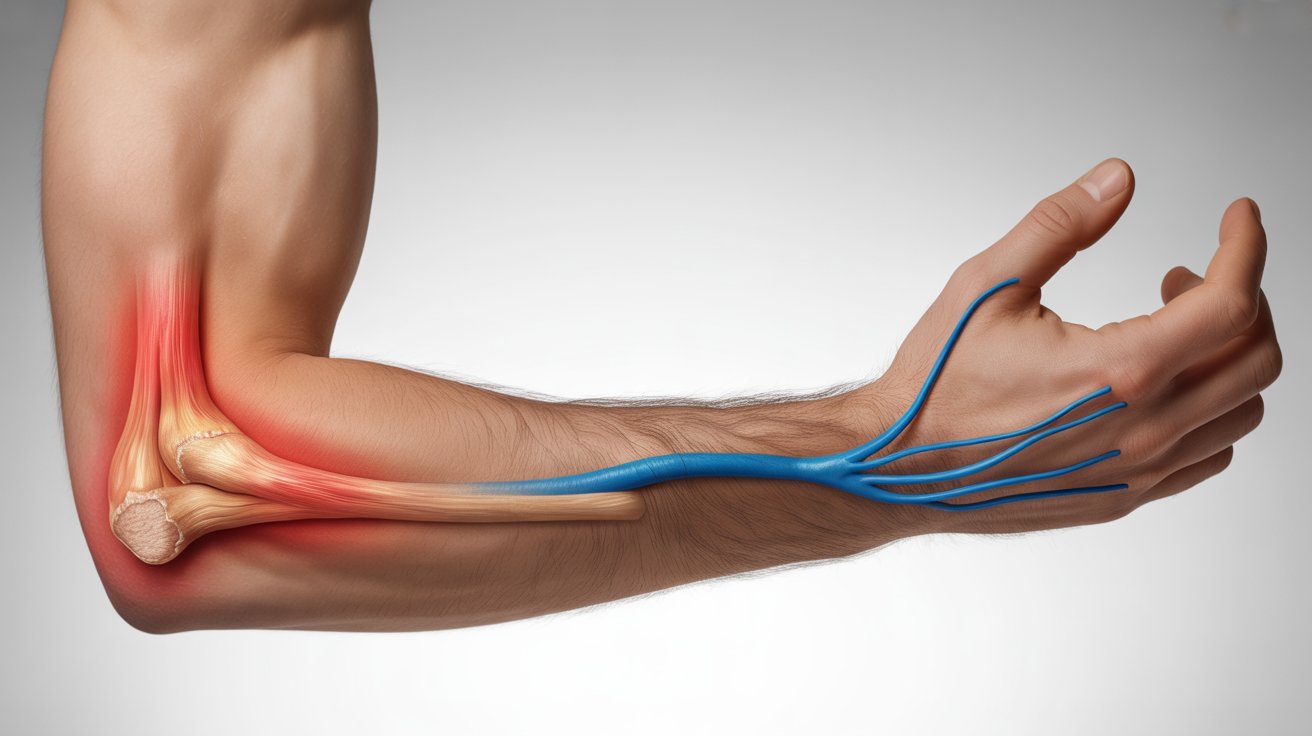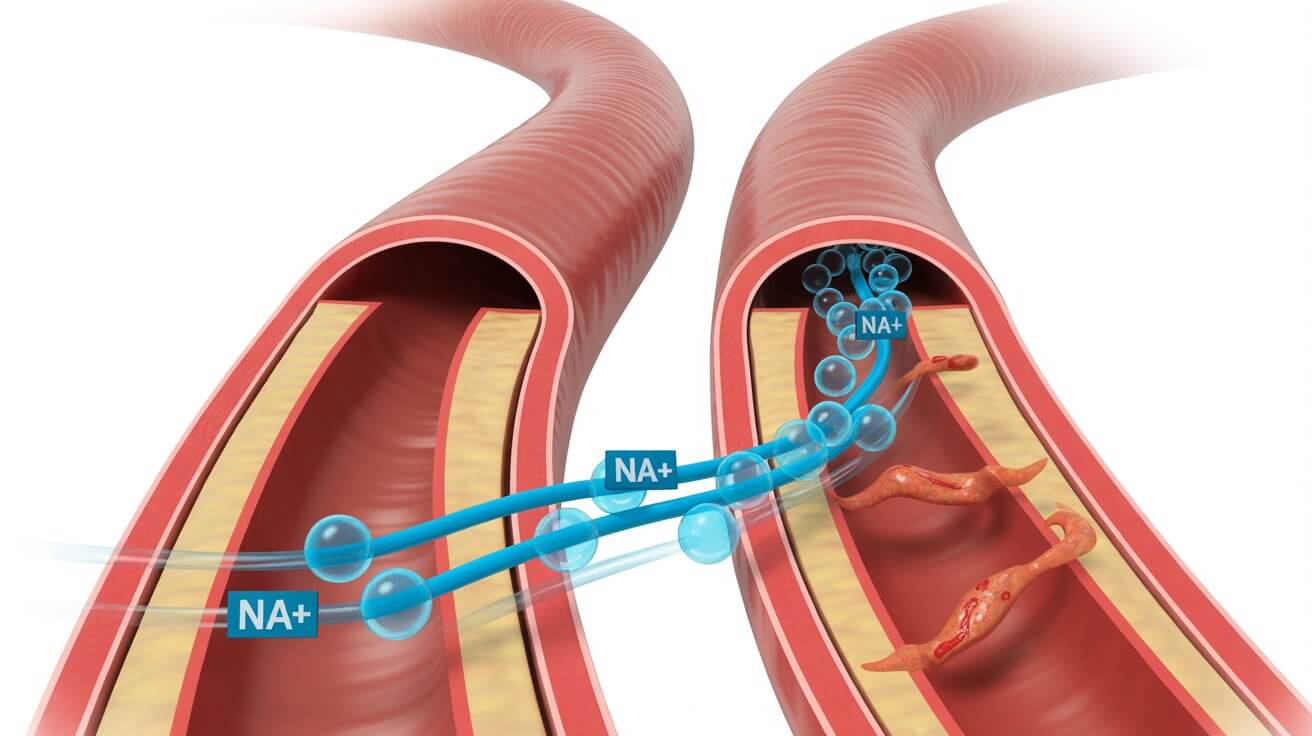It often starts without warning. One moment, you’re standing in a grocery store line, driving to work, or even sitting quietly on your couch. The next, your heart is pounding in your chest, your palms are sweating, and a terrifying wave of fear washes over you. It feels like the world is closing in, that you’re losing control, or perhaps even having a heart attack. For millions of Americans, this sudden, overwhelming surge of anxiety is the hallmark of a panic attack, a core experience of panic disorder. But what is truly happening in your body, and more importantly, how can you start to reclaim your peace?
This experience, while deeply frightening, is not a sign of weakness or a loss of sanity. It’s a powerful, yet misguided, activation of your body’s natural survival system. Understanding what happens during a panic attack is the first step toward managing it.
What Is Happening During a Panic Attack? The Science of “Fight or Flight”
Imagine you encountered a genuine threat, like a bear in the woods. Your brain’s alarm system, the amygdala, would instantly trigger a cascade of physiological responses designed to help you survive. This is the “fight or flight” response. Your adrenal glands release a surge of adrenaline, causing your heart to race to pump more blood to your muscles. Your breathing becomes rapid to increase oxygen intake. Your senses sharpen, and you might feel dizzy or lightheaded as blood is redirected from non-essential areas to your limbs.
In panic disorder, this same alarm system becomes faulty. It can be triggered in the absence of any real danger. The trigger might be a subtle change in your body, a stressful thought, or sometimes, nothing at all.
The problem is, the physical sensations of the fight-or-flight response—the racing heart, shortness of breath, dizziness—are themselves frightening. When you experience them unexpectedly, your brain interprets them as a new threat. This creates a vicious feedback loop: the physical symptoms cause fear, and the fear intensifies the physical symptoms, leading to a full-blown panic attack that typically peaks within 10 minutes. The memory of this intense fear can then lead to a persistent worry about having another panic attack, which is the essence of panic disorder.
Recognizing the Symptoms of a Panic Attack
According to the American Psychiatric Association, a panic attack is characterized by four or more of the following symptoms appearing abruptly and peaking within minutes:
- Pounding heart, palpitations, or accelerated heart rate
- Sweating
- Trembling or shaking
- Sensations of shortness of breath or smothering
- Feelings of choking
- Chest pain or discomfort (often mistaken for a heart attack)
- Nausea or abdominal distress
- Feeling dizzy, unsteady, lightheaded, or faint
- Chills or heat sensations
- Numbness or tingling sensations (paresthesias)
- Feelings of unreality (derealization) or being detached from oneself (depersonalization)
- Fear of losing control or “going crazy”
- Fear of dying
Living in fear of the next attack can lead to significant changes in behavior, such as avoiding places or situations where previous attacks occurred. This avoidance, known as agoraphobia, can severely limit a person’s life.
More Helpful Reads You Might Like:
How to Stop a Panic Attack: 4 Practical Steps to Regain Control
While professional treatment is the cornerstone of managing panic disorder, there are evidence-based strategies you can learn to navigate the moments of intense anxiety. The goal is not to suppress the fear, but to learn to ride the wave without letting it capsize you.
1. Re-anchor Your Breathing
During a panic attack, people tend to hyperventilate, which can worsen dizziness and tingling. The goal is to slow your breathing down.
- Try 4-7-8 Breathing: Inhale quietly through your nose for 4 seconds. Hold your breath for 7 seconds. Exhale completely through your mouth for 8 seconds. Repeat this cycle 3-4 times.
2. Ground Yourself in the Present Moment
Panic pulls you into a vortex of catastrophic thoughts. Grounding techniques bring your focus back to the present, non-threatening reality.
- Use the 5-4-3-2-1 Method: Look around and name:
- 5 things you can see
- 4 things you can feel
- 3 things you can hear
- 2 things you can smell
- 1 thing you can taste
3. Acknowledge, Don’t Fight, the Sensation
It sounds counterintuitive, but fighting the panic often makes it stronger. The key is to accept what is happening without judgment.
- Practice Mindful Acceptance: Silently say to yourself, “I am experiencing a panic attack. This is a false alarm from my body. It is uncomfortable, but it is not dangerous. This feeling will pass.”
4. Reduce Your Overall “Anxiety Load”
Think of your anxiety level as a bucket. If it’s already near the brim from stress or lack of sleep, it takes less to trigger a panic attack.
- Prioritize Sleep: Aim for 7-9 hours of quality sleep per night.
- Incorporate Regular Movement: Brisk walking, jogging, or yoga can significantly reduce anxiety.
- Limit Stimulants: Caffeine and nicotine can mimic or trigger anxiety symptoms.
The Path Forward: When to Seek Professional Help for Panic Disorder
These strategies are powerful tools, but they are most effective when combined with professional care. Panic disorder is a highly treatable condition. Treatments like Cognitive-Behavioral Therapy (CBT) are considered the gold standard, helping you challenge the fearful thoughts that fuel the panic cycle. In some cases, medication may also be recommended.
Remember, experiencing a panic attack does not mean you are broken. It means your body’s protective instincts are in overdrive. With the right knowledge and support, you can learn to recalibrate this system and regain control. Speaking with a healthcare professional is a courageous and effective first step.
Frequently Asked Questions (FAQ)
1. Can a panic attack actually cause a heart attack?
This is a common fear, but a panic attack itself does not cause a heart attack. The chest pain is typically due to muscle tension, not a cardiac event. However, if you are ever unsure, seeking immediate medical evaluation is the safest choice.
2. Will I have to be on medication for the rest of my life?
Not necessarily. Medication is often a tool to stabilize the system so you can effectively engage in therapy, like CBT. Many people, with their doctor’s guidance, are able to reduce or stop medication after learning long-term coping skills.
3. I had one panic attack. Does this mean I have panic disorder?
A single panic attack doesn’t automatically mean you have panic disorder. A diagnosis usually involves recurrent, unexpected attacks plus a month or more of persistent worry about having another one, leading to behavioral changes.
4. Can I manage panic disorder without professional help?
While self-help strategies are valuable, the cycle of fear and avoidance in panic disorder is very difficult to break alone. A therapist can provide a structured, evidence-based path to recovery, which is the most effective route to lasting relief.
Sources & Further Reading
- Garakani, A., et al. (2020). Pharmacotherapy of Panic Disorder: A Comprehensive Review. CNS drugs, 34(11). https://www.nimh.nih.gov/health/publications/panic-disorder-when-fear-overwhelms
- National Institute of Mental Health (NIMH ). Panic Disorder: When Fear Overwhelms.
https://www.nimh.nih.gov/health/publications/panic-disorder-when-fear-overwhelms - American Psychiatric Association (APA ). Panic Disorder: Answers to your most important questions.
Panic Disorder: Answers to your most important questions - Mayo Clinic. Panic attacks and panic disorder – Diagnosis & treatment.
https://www.mayoclinic.org/diseases-conditions/panic-attacks/diagnosis-treatment/drc-20376027 - Cleveland Clinic. Panic Disorder.
https://my.clevelandclinic.org/health/diseases/15852-panic-disorder - Harvard Health Publishing Panic Fisorders. https://www.health.harvard.edu/a_to_z/panic-disorders-a-to-z









